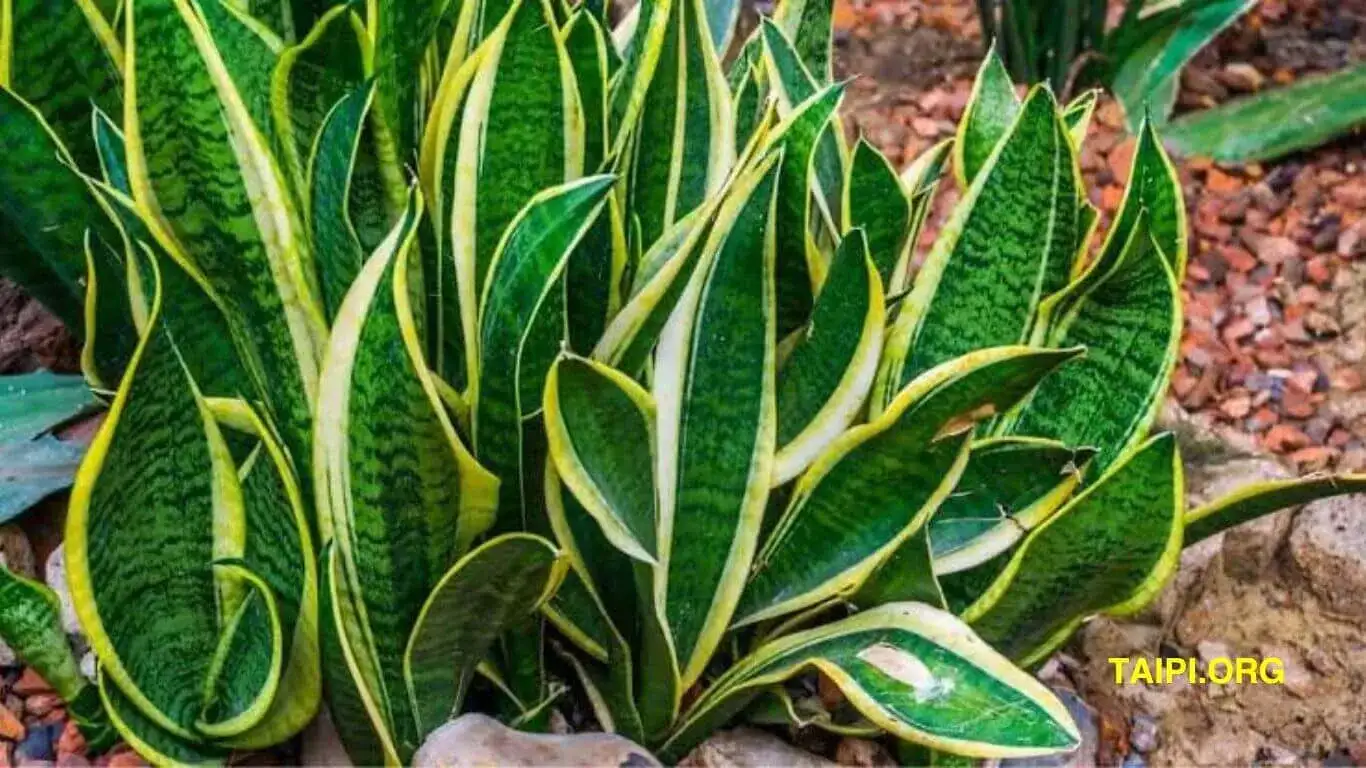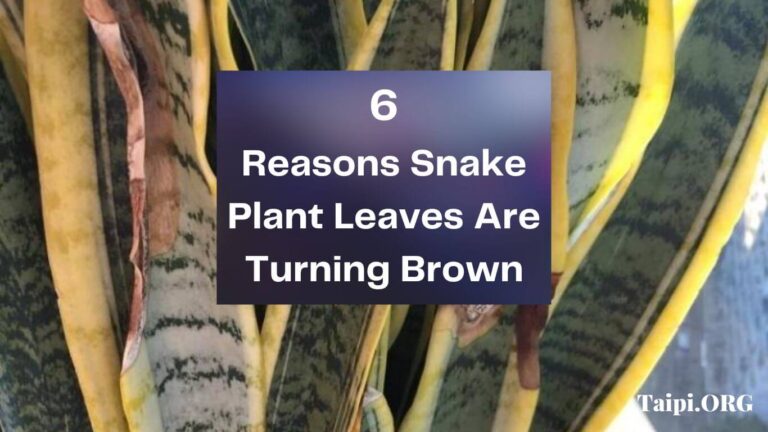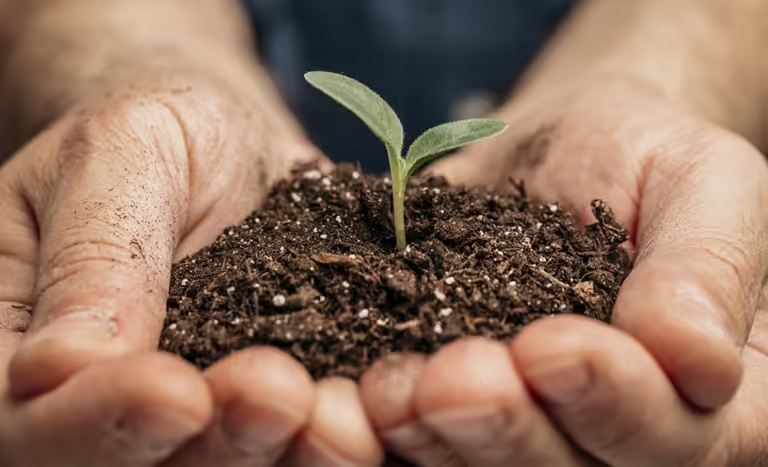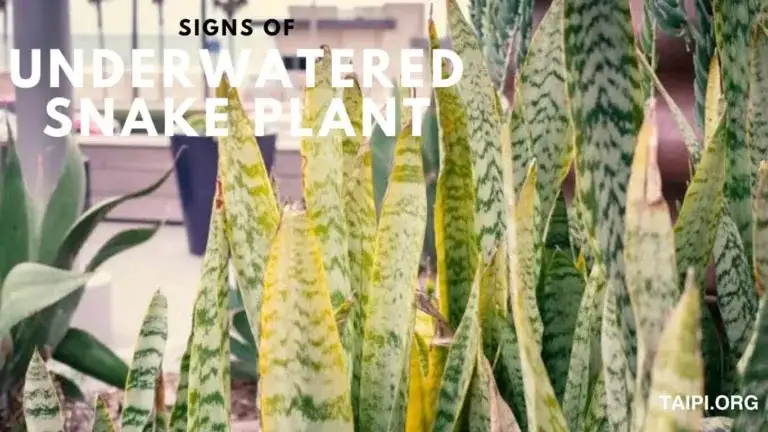Snake Plant Leaves Wrinkled: Causes and Fixes
THE SNAKE PLANT is one of the few houseplants revered for its air-purifying qualities and low-maintenance nature. However, if the snake plant looks wrinkled, it’s essential to understand the potential causes and implement effective fixes to restore your plant’s health.
A snake plant’s wrinkled leaves indicate insufficient watering, elevated temperatures, or excessive sunlight exposure. To remedy snake plant wrinkled leaves, relocate the plant to an area with bright indirect light and only water it once the soil has dried out. Maintaining an ideal temperature range of 55-85°F will contribute to the overall health of the snake plant.
6 Causes and Fixes of Wrinkled Snake Plant

Here are the common causes of snake plant wrinkled leaves and what you can do to fix the problems.
1. Overwatering: The Silent Culprit
Overwatering is one of the most common issues leading to wrinkled snake plant leaves.
Despite its reputation as a hardy plant, the snake plant can suffer from root rot if left in consistently damp soil.
This condition hinders the plant’s ability to absorb nutrients, resulting in wrinkled and yellowing leaves.
How to Fix: Allow the soil to dry out completely before watering again. Ensure that the pot has proper drainage and saucer (pictured below), and repot the plant if the soil appears waterlogged.
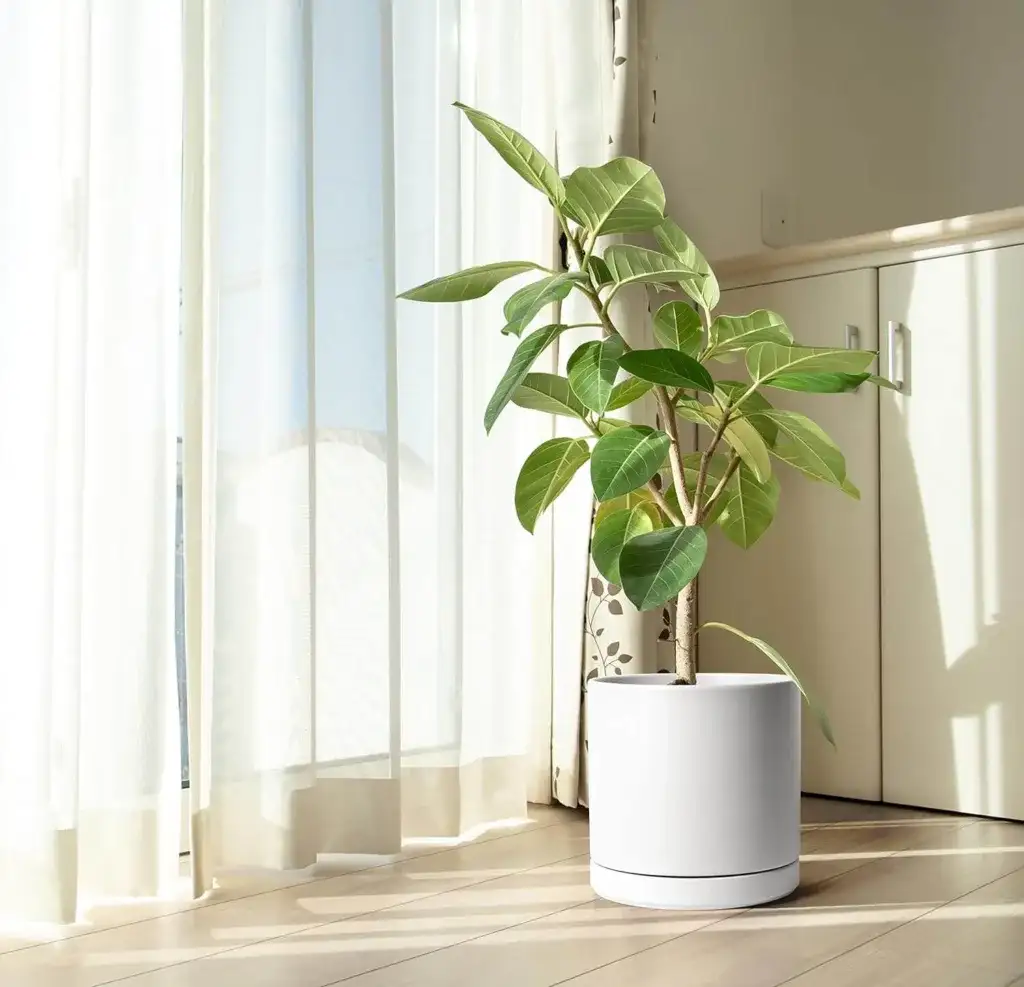
2. Underwatering: A Deceptive Problem
Ironically, underwatering can also cause snake plant leaves to wrinkle. When the plant doesn’t receive enough water, it struggles to maintain turgidity, leading to a loss of firmness and wrinkling of the leaves.
How to Fix: Establish a regular watering schedule, ensuring the soil is thoroughly moistened each time.
However, be cautious not to let the plant sit in standing water, as this can lead to root rot.
3. Inadequate Light Exposure
Snake plants thrive in indirect sunlight, but insufficient light can hinder their growth and cause the leaves to lose their turgidity, leading to wrinkling.
How to Fix: Place the snake plant in a location with bright, indirect sunlight. Avoid exposing it to harsh, direct sunlight for prolonged periods.
4. Improper Soil Conditions
The snake plant prefers well-draining soil. If the soil is too compact or retains too much water, it can impede root development and result in wrinkled leaves.
How to Fix: Repot the snake plant in a well-draining soil mix, incorporating perlite or sand to enhance drainage.
5. Temperature Extremes
Snake plants are adaptable to various temperatures, but extreme conditions can stress the plant and lead to wrinkling leaves. Cold drafts and sudden temperature fluctuations can be particularly problematic.
How to Fix: Maintain a consistent temperature range for your snake plant, avoiding exposure to drafts and sudden temperature changes.
6. Pests and Diseases
Pests such as thrips, leafhoppers, spider mites, and whiteflies, or diseases like fungal infections can weaken the plant, causing wrinkling and discoloration of the leaves.
How to Fix: Inspect the plant regularly for pests and treat it with insecticidal soap if necessary. For diseases, remove affected leaves and treat them with a fungicide such as Garden Safe Houseplant and Garden Insect Killer.
Pro Tips on How to Deal with Snake Plant Wrinkled Leaves
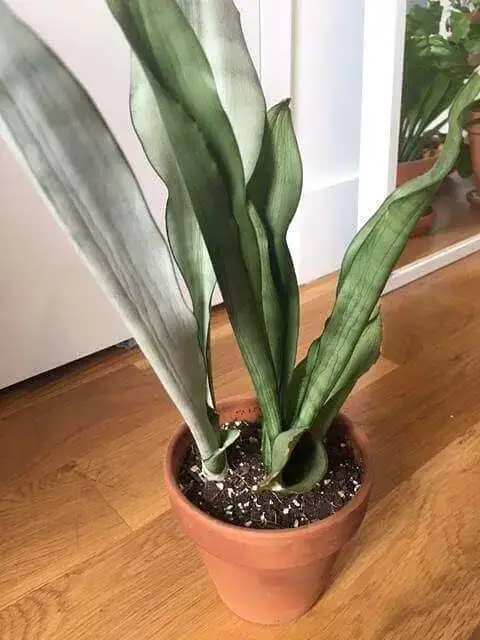
Although we have talked about how to fix each of the 6 problems, here are some pro tips to effectively deal with snake plant leaves wrinkled:
Adjust Watering Practices
Instead of adhering to a strict watering schedule, check the soil moisture before watering. Stick your finger about an inch deep into the soil – only water when the topsoil feels dry.
Ensure proper drainage to prevent overwatering.
Optimize Light Conditions
Snake plants thrive in indirect sunlight. If your plant is receiving too little or too much light, consider relocating it to a spot with bright, indirect sunlight.
Avoid exposing it to direct sunlight for extended periods.
Review Soil Composition
Use a well-draining soil mix for your snake plant. If you suspect the soil is too compact or retains too much water, consider repotting with a mix that includes perlite or sand to enhance drainage.
Temperature Management
Maintain a consistent temperature for your snake plant. Avoid exposing it to drafts or sudden temperature fluctuations, as this can stress the plant and contribute to wrinkled leaves.
Pest and Disease Prevention
Regularly inspect your snake plant for pests like spider mites or signs of diseases.
Isolate infected plants promptly, treat pests with insecticidal soap, and address diseases with appropriate fungicides.
Prune affected leaves to prevent the spread.
Humidity Control
While snake plants are relatively tolerant of humidity variations, excessively dry air can contribute to leaf wrinkling. Increase humidity levels by misting the plant occasionally using Miracle-Gro Ready to Use Mist or placing a humidity tray nearby.
Provide Adequate Space
Ensure that your snake plant has sufficient space to grow. Overcrowding can lead to competition for nutrients and moisture, resulting in stressed and wrinkled leaves.
If necessary, repot the plant to give it more room.
Fertilize Wisely
Feed your snake plant with a balanced liquid fertilizer during the growing season (spring and summer). Avoid over-fertilizing, as excessive nutrients can harm the plant.
Follow the recommended guidelines on the fertilizer packaging.
Regular Inspection
Make a habit of regularly inspecting your snake plant for any signs of stress, pests, or diseases. Early detection allows for prompt intervention and prevents issues from escalating.
Patience and Observation
Sometimes, slight wrinkling can be a natural response to changes in environmental conditions. Be patient and observe how the plant responds to adjustments.
Avoid making too many changes at once, allowing the plant time to adapt.
By incorporating these pro tips into your care routine, you’ll be better equipped to address and prevent wrinkled leaves on your snake plant, promoting its overall health and vitality.
Snake Plant Leaves Wrinkled FAQs
Q: Why are my snake plant leaves wrinkled?
A: Snake plant leaves can wrinkle due to various reasons, including overwatering, underwatering, poor soil drainage, inadequate light exposure, or temperature extremes. Identifying the specific cause in your case will help determine the appropriate corrective measures.
Q: How can I tell if my snake plant is overwatered or underwatered?
A: Overwatering can lead to soggy soil and root rot while underwatering causes the soil to dry out excessively. To distinguish between the two, check the soil moisture by feeling the top inch. Overwatered soil will feel consistently wet, while underwatered soil will be dry and crumbly.
Q: Is it normal for snake plant leaves to wrinkle during the winter months?
A: In some cases, slight wrinkling of snake plant leaves may be a natural response to lower light levels and cooler temperatures during winter. However, persistent, or severe wrinkling may indicate other issues, such as overwatering or inadequate light.
Q: Can snake plant wrinkled leaves be revived?
A: Yes, in many cases, snake plant leaves can recover with proper care. Adjusting watering practices, providing optimal light conditions, and addressing potential issues like pests or diseases can help revive wrinkled leaves. However, patience is key, as it may take some time for the plant to bounce back.
Q: Should I cut off wrinkled leaves from my snake plant?
A: While it’s generally advisable to trim off severely damaged or diseased leaves, minor wrinkling may not necessarily warrant immediate removal. Make necessary adjustments to care practices, and monitor the plant’s overall health. If new growth appears healthy, you can gradually trim away the wrinkled leaves.
Conclusion
Snake plants are generally resilient, but attentive care is crucial to prevent and address issues like wrinkled leaves.
By understanding the potential causes and implementing the suggested fixes, you can ensure your snake plant remains a vibrant and thriving addition to your indoor space.
Regular monitoring, proper watering practices, and providing optimal growing conditions will contribute to the overall well-being of your snake plant.

